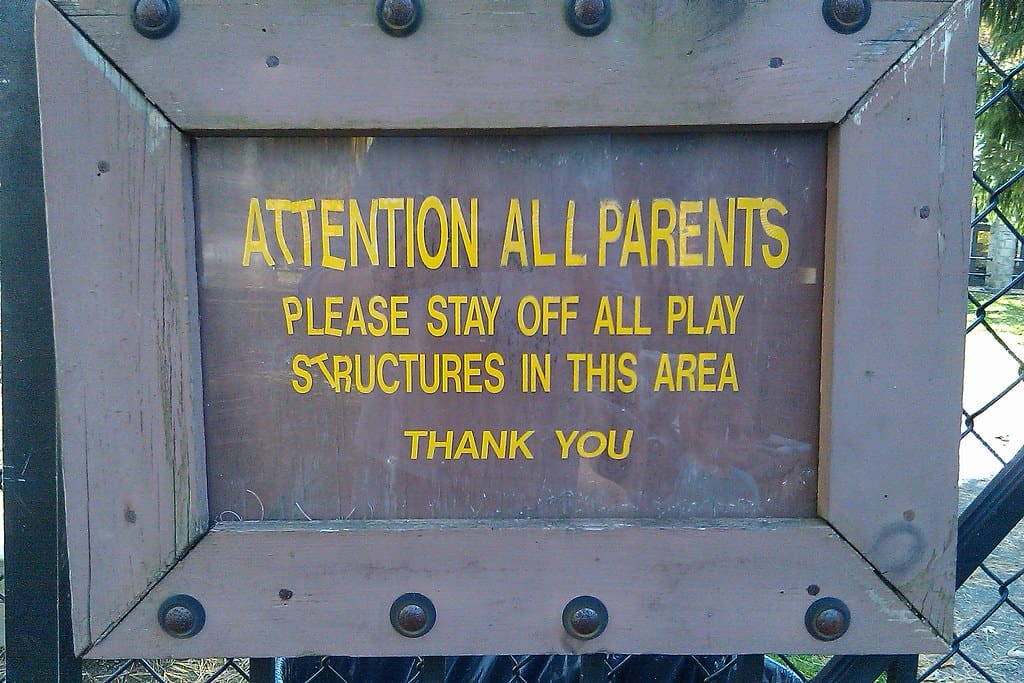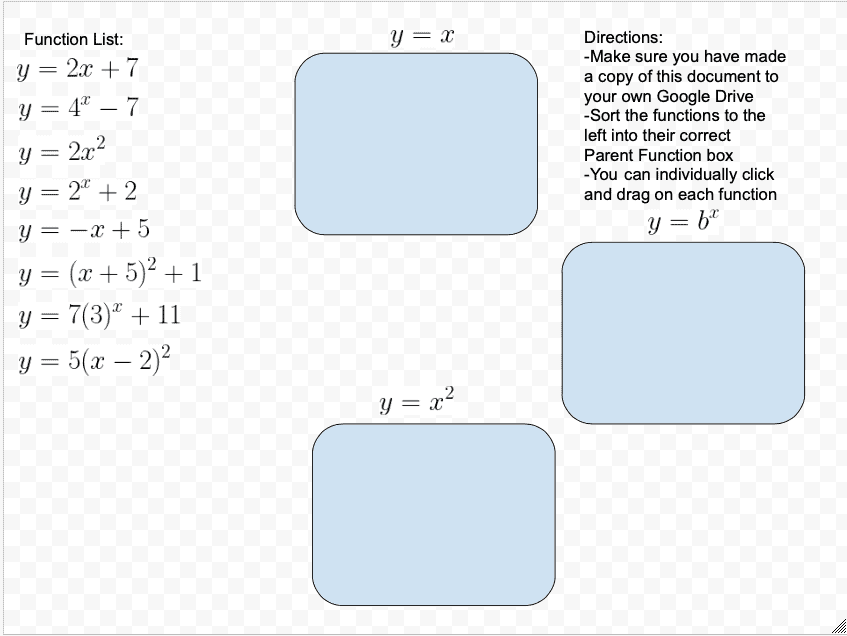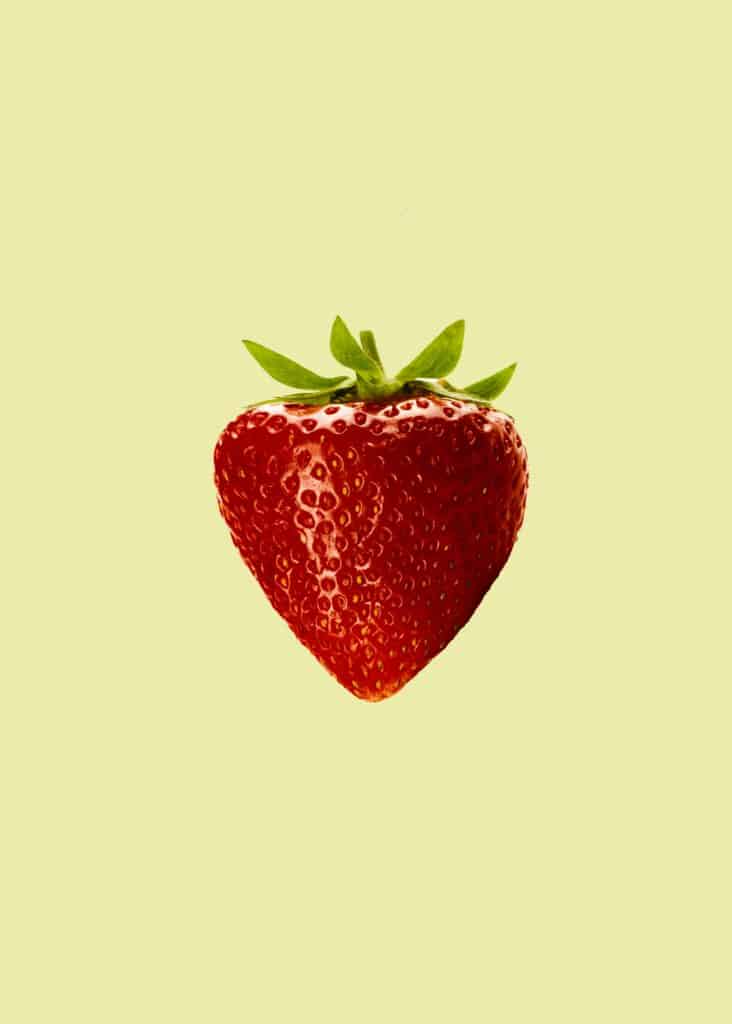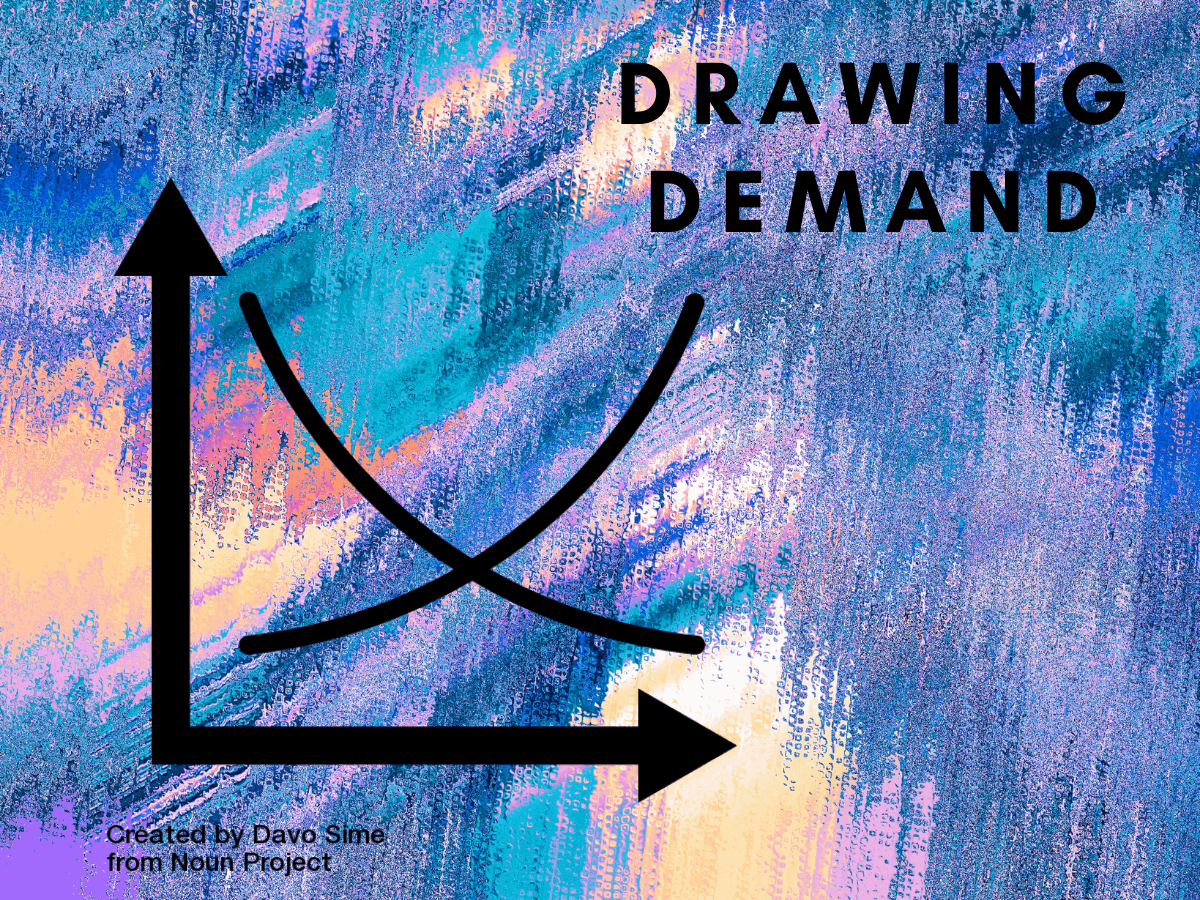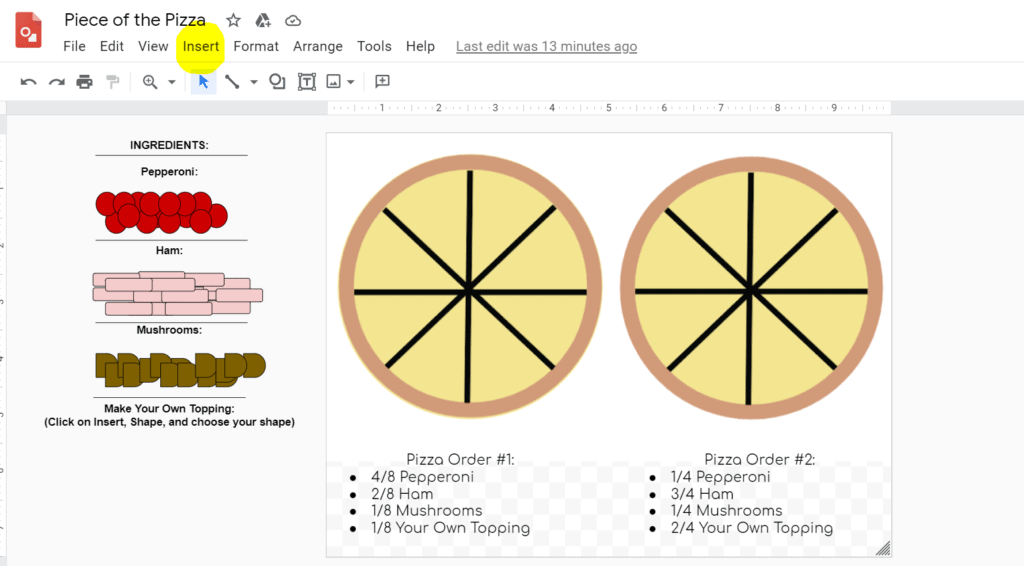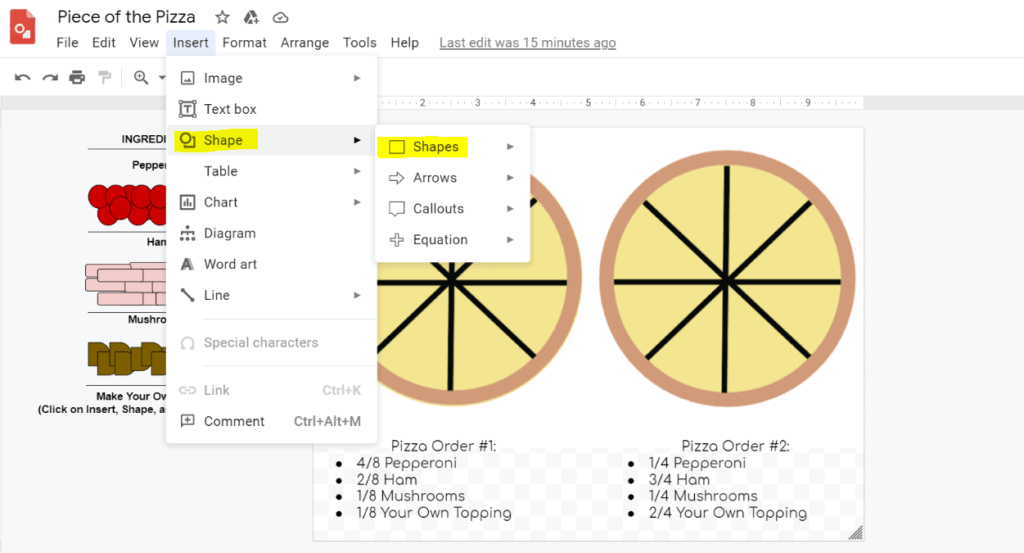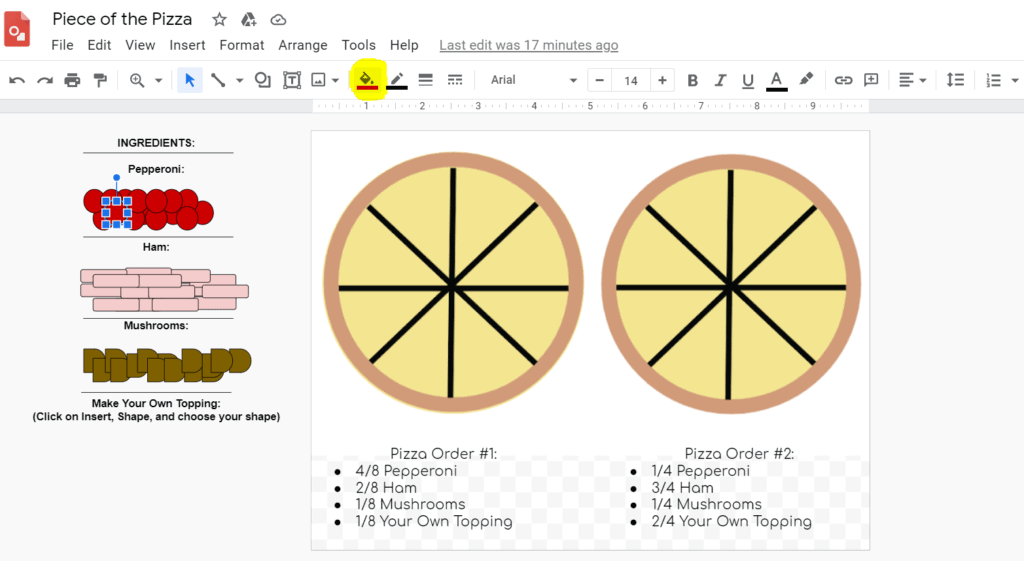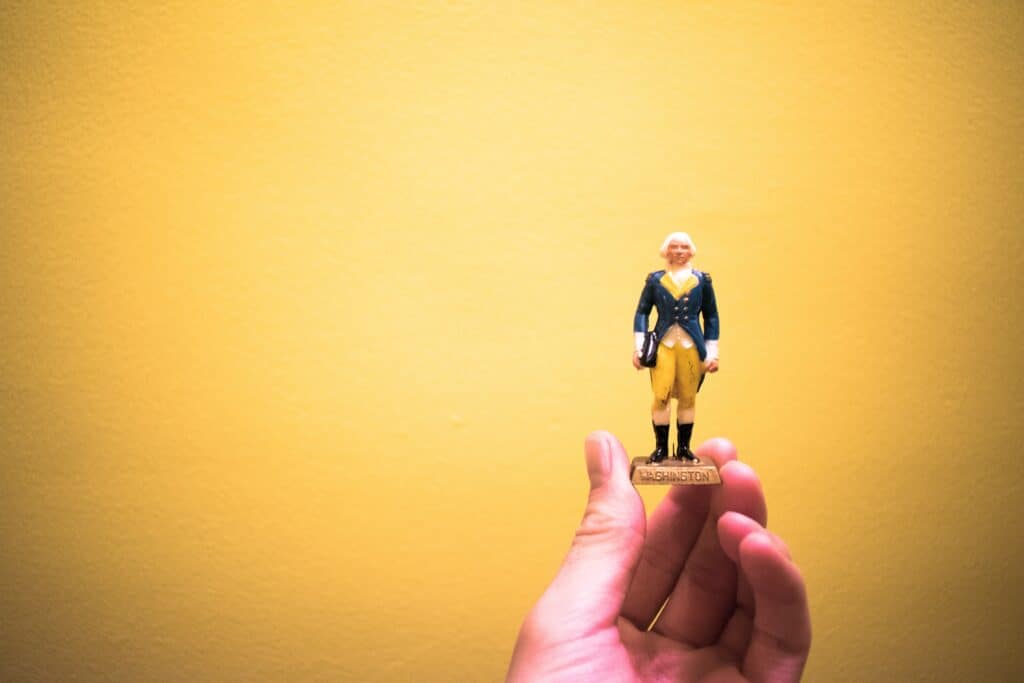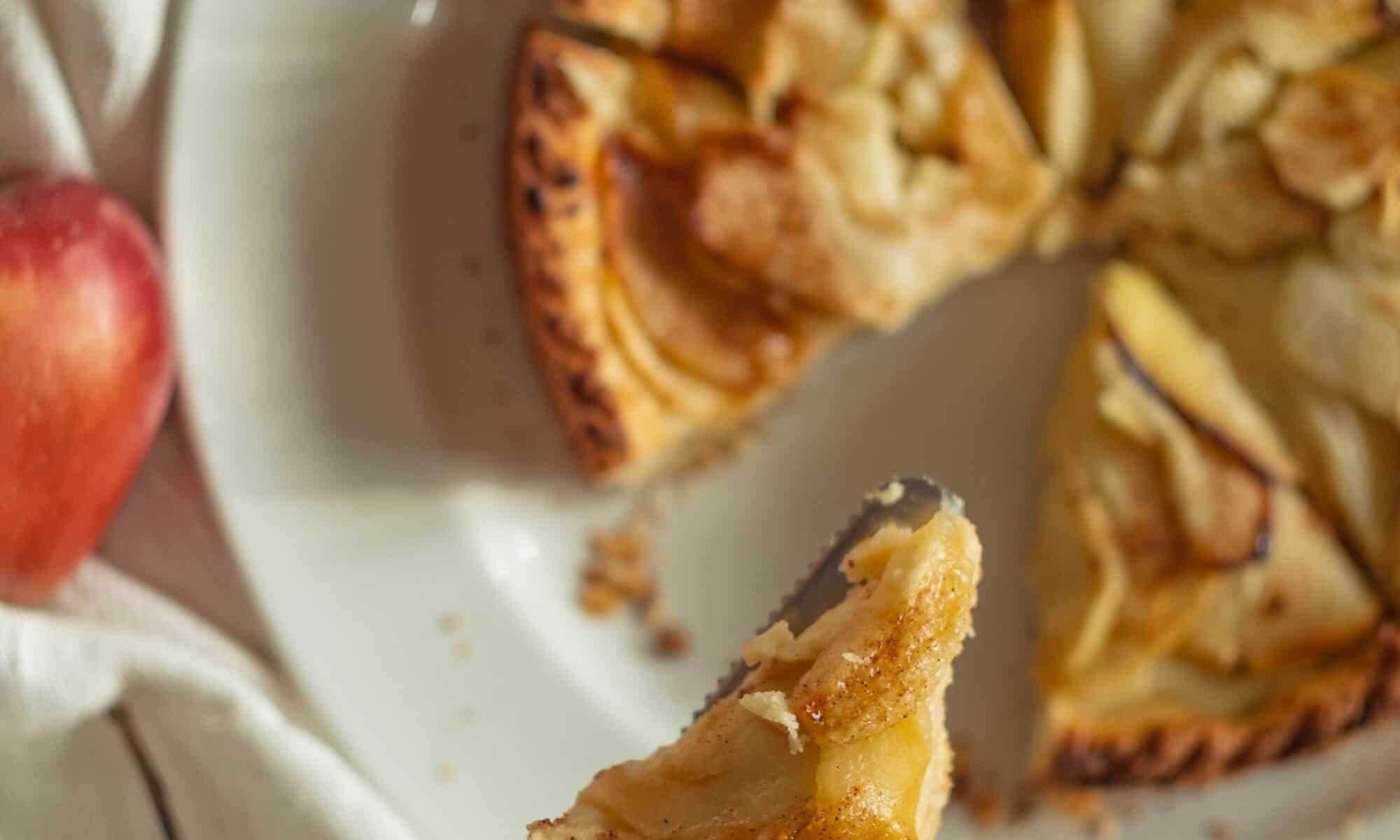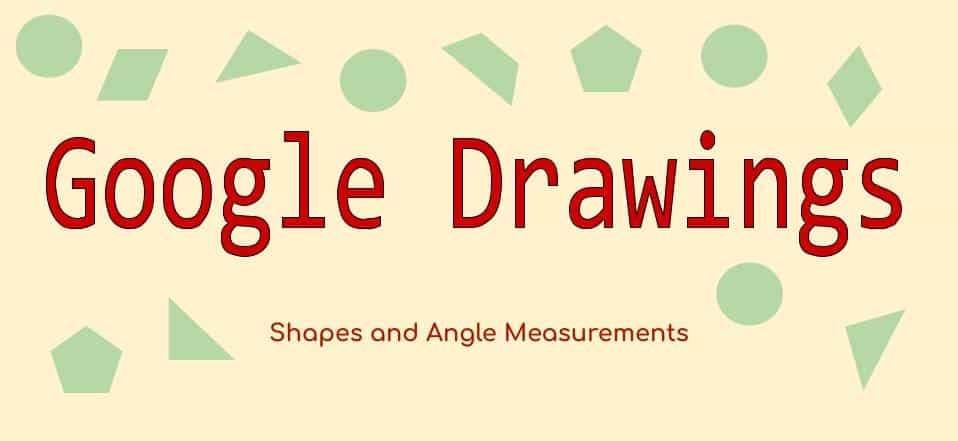This lesson is for kindergarteners to explore nature around them and begin to recognize the different parts of a tree and how they are beneficial to everyone!
Trees are an important part of the environment that we all live in. They help make the oxygen we breathe, provide shade from the sun, building materials, and even fruit to eat. Trees also provide homes for animals.
PARTS OF A TREE
- TRUNK: The TRUNK is the tall part of a tree that we see above the ground.
- BRANCH: A BRANCH is offshoots, or piece that spreads out from the trunk to hold the LEAF, FLOWER and FRUIT of the tree.
- LEAF: A LEAF is often green, and is used to help the tree to capture light from the sun in a process called photosynthesis, where the sun’s energy is turned into nutrients for the tree.
- FLOWER: The FLOWER is formed to attract insects and other animals to the tree to help with a process called pollination, which is how trees start the process of making more trees.
- FRUIT: The FRUIT is what a tree uses to hold seeds. FRUIT is often eaten by animals, and people. This helps spread the seeds of the tree.
- ROOT: The ROOT is the underground part of the tree that absorbs water and other nutrients from the soil, as well as keeping the tree from falling over.
ACTIVITY
Now that you know the parts of a tree, here is a fun activity.
- Go make a copy of the Google Drawing by clicking here.
- Move the words in the Word Box to the blank spots that match the part of the tree that the line points to.
- With help from your parents you can print the picture and color it in!
Worksheet can be found a Cool2BKids


